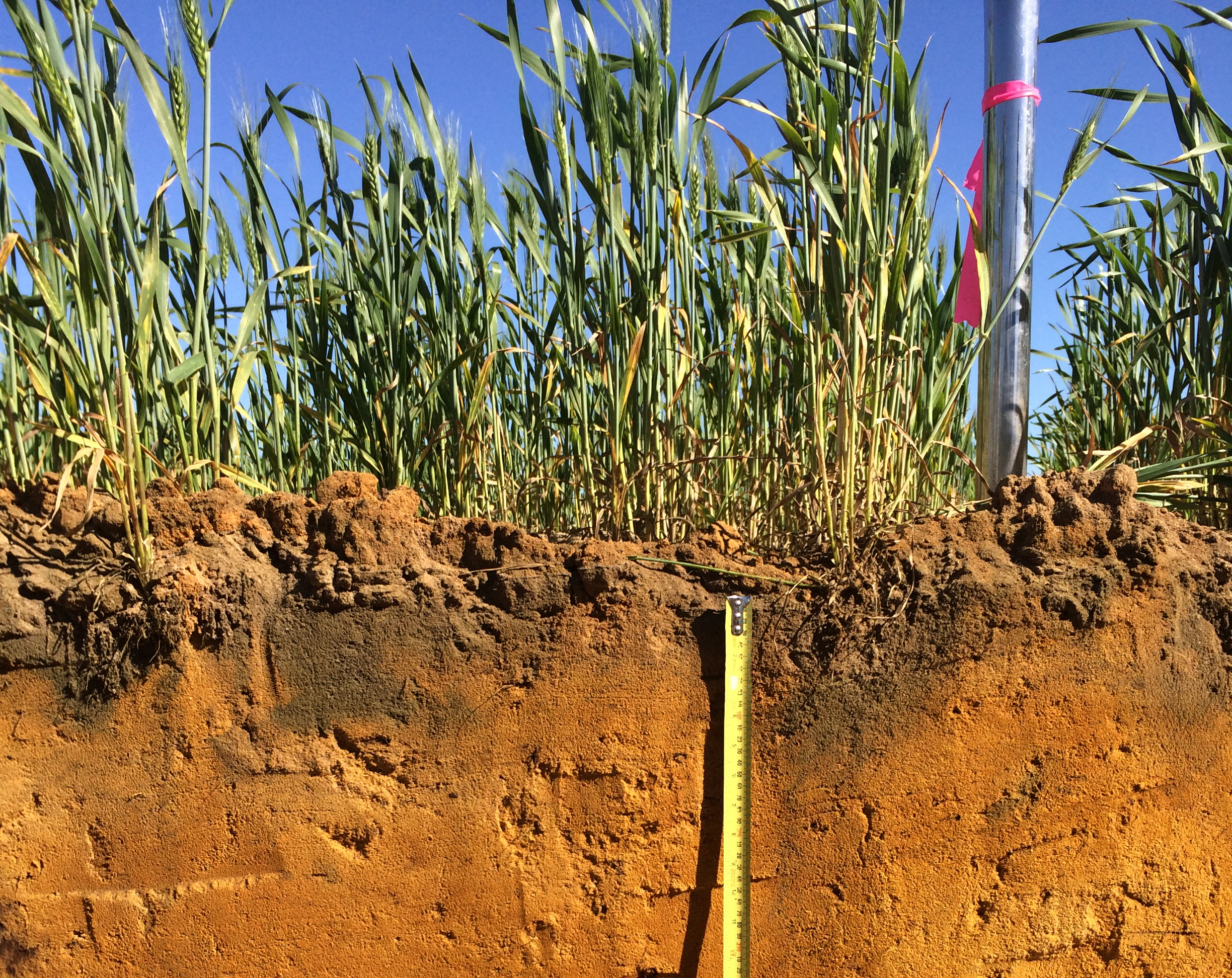Development of a state-wide soil quality project to assess and define the range of soil quality characteristics associated with ‘good’ and ‘poor‘ production areas.
There is currently widespread interest in developing soil quality indicators and state of the environment reporting. the indicators for land assessment are far less defined than those for air and water quality
As the land assets of the Avon Catchment are predominantly managed by agricultural land uses, an improved knowledge base of soil condition and the development of management strategies to improve soil condition through appropriate agricultural management is an important focus of the Avon Catchment Council Soil Health Project.
These soil quality characteristics also identify many of the primary constraints considered to influence crop production in WA.
It is not practical, nor cost effective to measure all suggested indices, and both interpretation of data and definitions of standards can be difficult.
In a recent soil quality project (Murphy), a minimum data set consisting of 14 soil characteristics (% clay, bulk density, compaction, available water, CEC, EC, pH, organic carbon, water repellency, soil borne diseases, labile soil organic matter, microbial biomass, biological nutrient supply, microbial activity) has been determined for Western Australian (WA) arable soils based on the ability to measure change within a five year time frame under changing soil conditions.
This project addresses the win:win scenario, where improved management (through monitoring of the resource and increased understanding of the impacts of different management options) can lead to improved productivity and improved soil health.
This project which was funded in January 2006 will benchmark aspects of soil health in a number of sub-catchment areas of the Avon region, with the long-term aim of developing methods to monitor aspects of soil health related to productivity and ecosystem maintenance, at various scales.
Specifically, project outcomes will support the development and testing of a comprehensive soil fertility assessment process at the farm and catchment scale, which can be linked to other soil management issues such as soil pH. The methods used will utilise the existing soils database to help determine the extent of soil fertility rates in soils used for agriculture, and will employ systems based methodology to look at multiple benefits of managing soil fertility to increase the efficiency of fertilser use (reduce usage), increase sustainable crop and pasture production on a range of soil types and help identify and manage associated soil degradation issues, such as structure decline and pH.
The project is a collaborative effort between the Avon Catchment Council, The University of Western Australia, the Department of Agriculture and Food Western Australia and PlanFarm. The initial sub-catchment areas undertaking monitoring of soil assets during 2006 include the GreenHills/Mortlock catchment, the Gabby Quoi Quoi catchment and the FACEY group in Wickepin.
Soil health workshops will be promoted and conducted during August and December in 2006 and landholders with an interest in soil health are invited to attend (details will be promoted locally prior to workshop). These workshops will be designed to extend the current knowledge base on soil health and provide regionally relevant soil information.
For further information on this project please contact Daniel Murphy (University of Western Australia; dmurphy@cyllene.uwa.edu.au; 6488 7083) or Frances Hoyle (Department of Agriculture and Food Western Australia; fhoyle@agric.wa.gov.au; 6488 7345).


